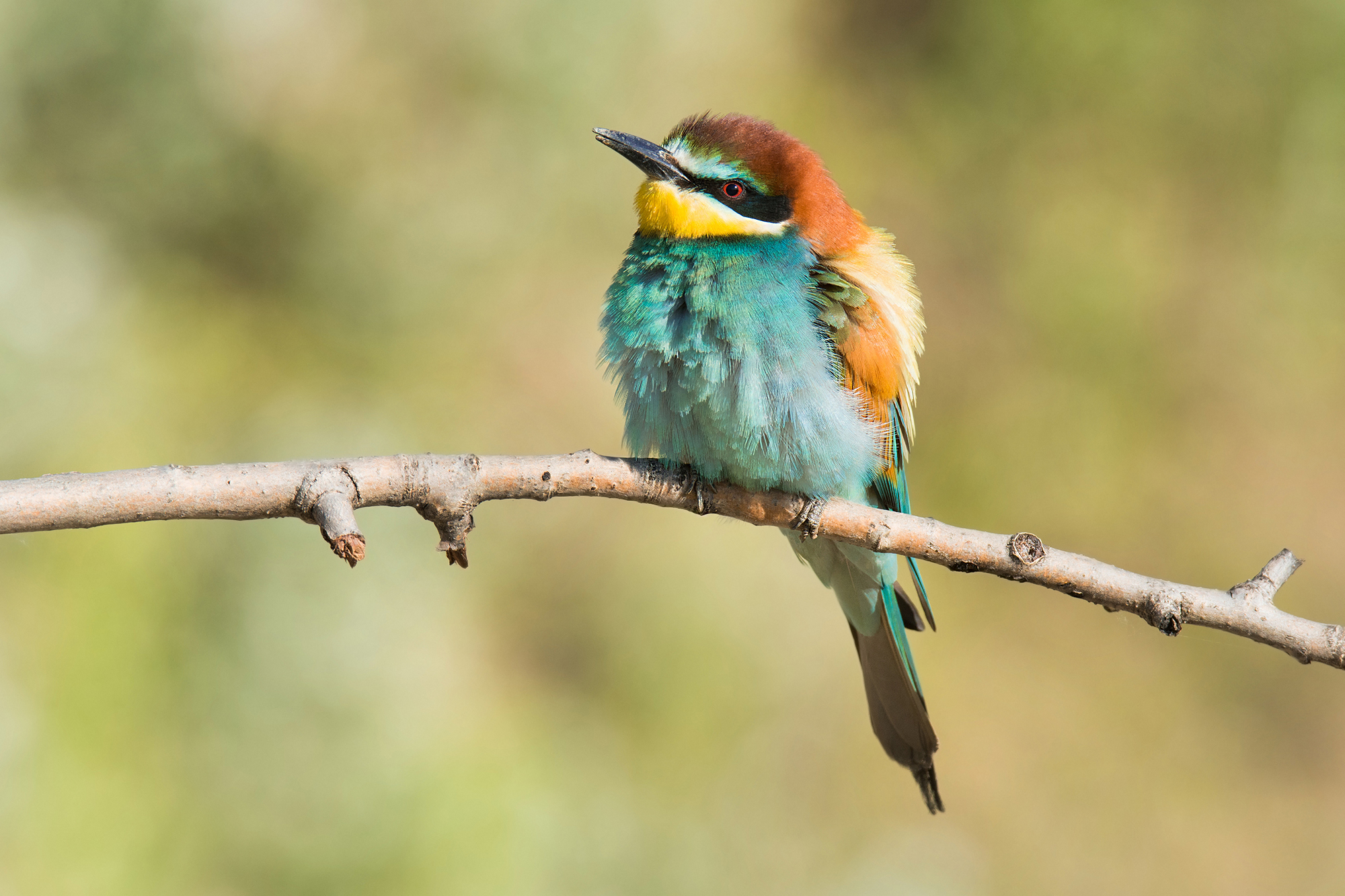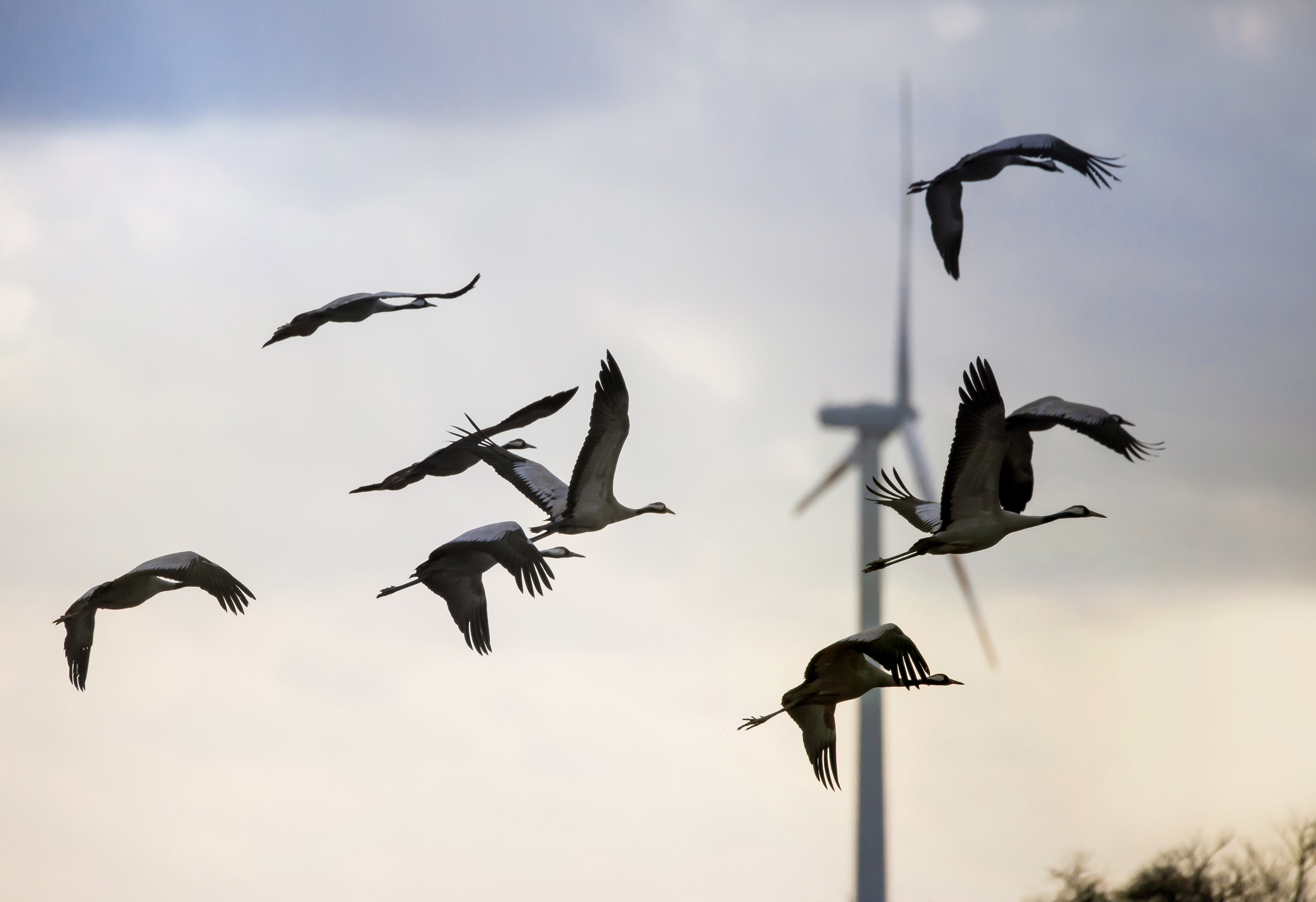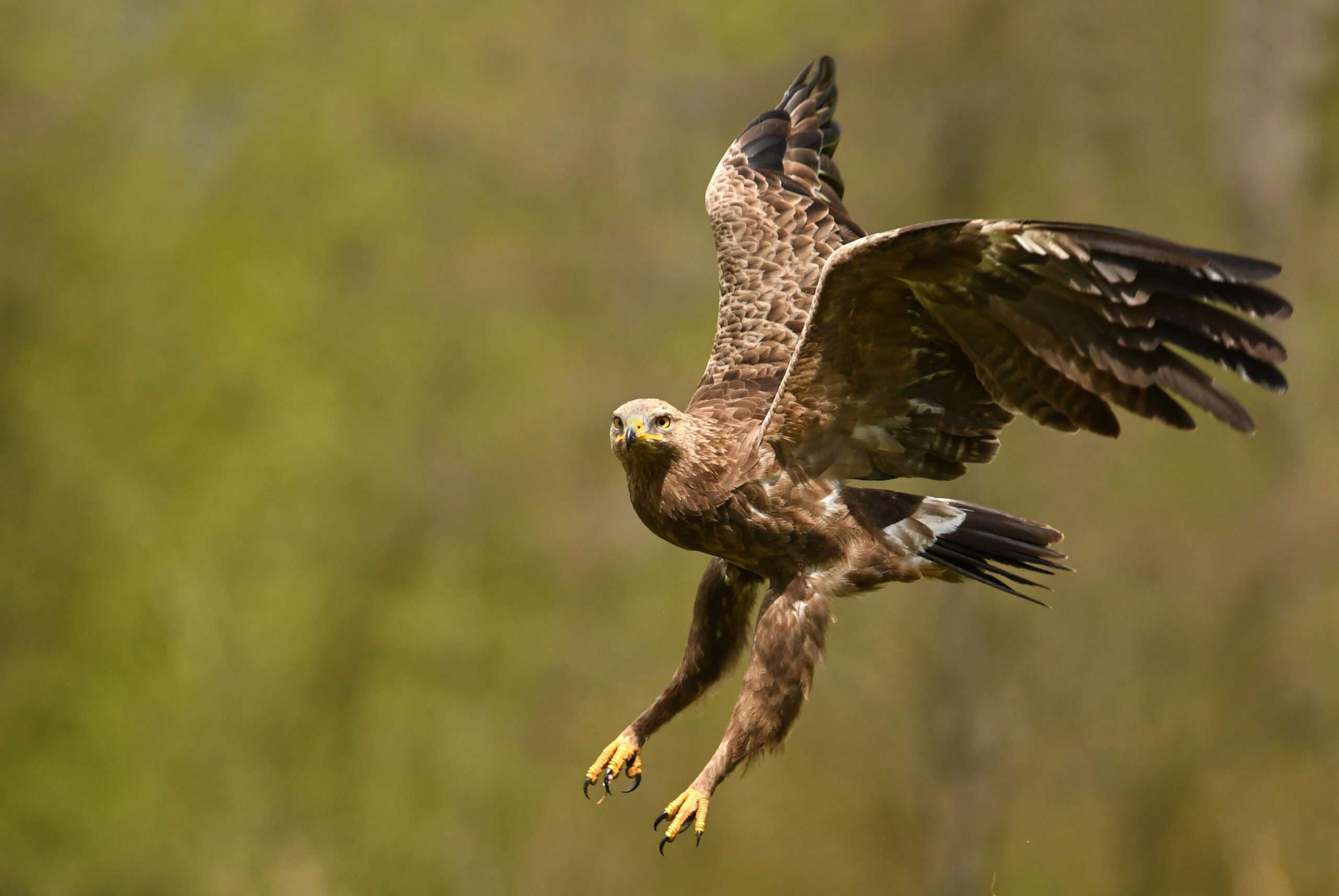Radar solutions for research and wind energy
How our systems can help
BirdScan radar systems provide detailed information of aerial fauna and are therefore specially suited for scientific research and environmental impact assessment. Their ability to provide a high degree of classification accuracy, in particular to discriminate between birds and flying insects, makes it an ideal tool for automatic triggering of shut-off/restart at wind turbines.

Solutions for Research
Researchers and institutes use our devices to gather information and insight on the aerial fauna. Our radar systems can detect, classify and track birds, bats and insects.

Most important features
- Compact, mobile and easy to deploy
- Autonomous operation 24/7
- Detailed information on individual flying animals
- Rotational scanning for estimation of flight speed and direction
Quantitative research on aerial fauna
Understanding the movements of birds, bats and insects is relevant in various areas such as society, economy, governments, public health, agriculture, and nature conservation. A sound knowledge of aerial animal migration contributes to the management of important issues such as: bird and bat conservation, dispersal of diseases, flight safety, and insect pest control.
For researchers and institutes our BirdScan radar systems offer solutions for the quantitative, continuous, long-term study of aerial fauna at multiple sites.
For more details on BirdScan MR1 please klick on the button below:
Environmental impact assessment studies
Our technology provides a complete and detailed picture of all aerial bird and bat fauna. It allows to quantify the height distribution and temporal pattern of birds and bats with a high spatial and temporal resolution. This make it a indispensable tool to assess environmental impact of large infrastructures like wind mills, bridges, or tall buildings (pre- and post-construction).
Our analytics tools allow to integrate surveyed volume with estimated animal size and to compute Migration Traffic Rates (MTR), therefore providing quantitative information of density and migration rates for specific height ranges.

Solutions for wind energy
According to the Swiss Ornithological Institute in Sempach up to 200 million birds can fly over a region in a year. Approximately 20% of the birds fly at a height at which they risk colliding with wind turbines. Half of these birds fly through a particular area in a time period of just 200 hours.
Beside of an improved arrangement, the risk of collisions can be greatly reduced if wind farm operators switch off their installations during the most intense periods of migration. This requires local continuous monitoring of the birds’ movements. Radar is currently the only reliable way of measuring the numbers of flying birds in large flocks and over long periods 24/7.
Millions of bats, including four threatened species, migrate between north-eastern and south-western Europe and are affected by collisions with wind turbines. Ongoing research carried out during the course of bat conservation projects shows clusters in spring and autumn during relatively short migration periods. Radar is a proven method for the detection of bats; the level of effectiveness in protecting migrating bats from collisions with wind turbines is being scientifically verified in ongoing research programs.
A rewarding investment for wind parks
BirdScan monitors the air space using radar technology. It records bird and bat movements in real time. If a pre-set threshold is passed, the device sends a signal to switch off the wind turbines. As soon as the intensity of the movement lessens, BirdScan allows operations to continue.
Real-time monitoring by BirdScan is advantageous for wind farm operators, even small wind farms can gain significant benefits:
- Acceptance of wind farms increases considerably if active protective measures are taken.
- Reduction of costly studies about the local migration patterns during the planning phase of a wind farm project.
- Dynamic instead of alternatively predefined downtimes increase generation availability and thus the profitability of the plant.
Protecting migrating birds
Wind energy is clean, efficient and inexhaustible – but it also requires infrastructure to capture it. Wind turbines are transforming our landscapes and changing the environment. Birds and bats risk colliding with the turbines, especially during the migration seasons. By switching off turbines, the number of collisions can be reduced – however, this decreases the profitability of wind farms.
BirdScan MV1 offers the solution: Wind farms can be switched off in periods with high collision risk based on the current broad band migration combined with environmental data like wind speed, -direction or visibility, no predefined downtimes are required. Compared to the customary approach, this increases profitability substantially.
For more details on BirdScan MV1 please klick on the button below:


Protecting large single birds
For the monitoring or active collision management of protected large birds in conjunction with e.g. wind turbines BirdScan MS1 permanently monitors the space fully automatically in 3D and tracks and classifies large birds such as red kite, lesser spotted eagle etc. in real time. When a protected bird approaches the wind turbine, it can be stopped in time. This makes it possible to protect even large birds in a targeted manner.
This device was developed in close cooperation with ornithological associations and wind power operators.
For more details on BirdScan MS1 please klick on the button below:
Are you looking for a radar solution?
We are happy to advise you on the correct system for your needs. Please contact us by clicking on the button below.
